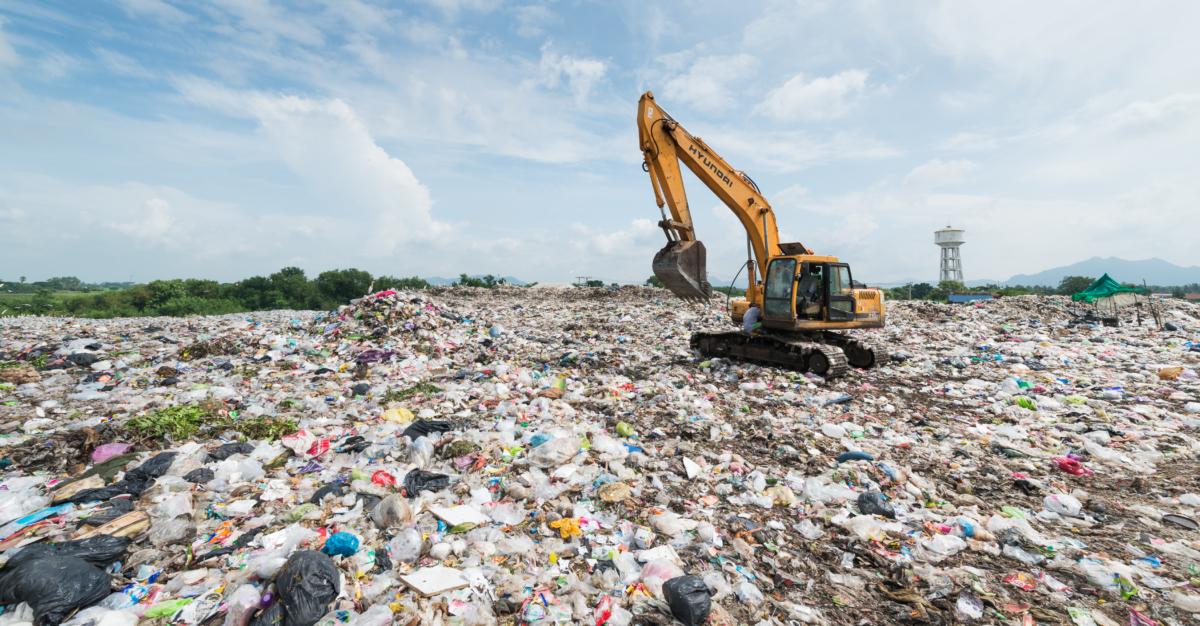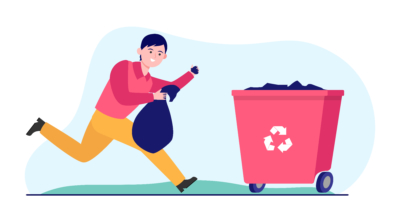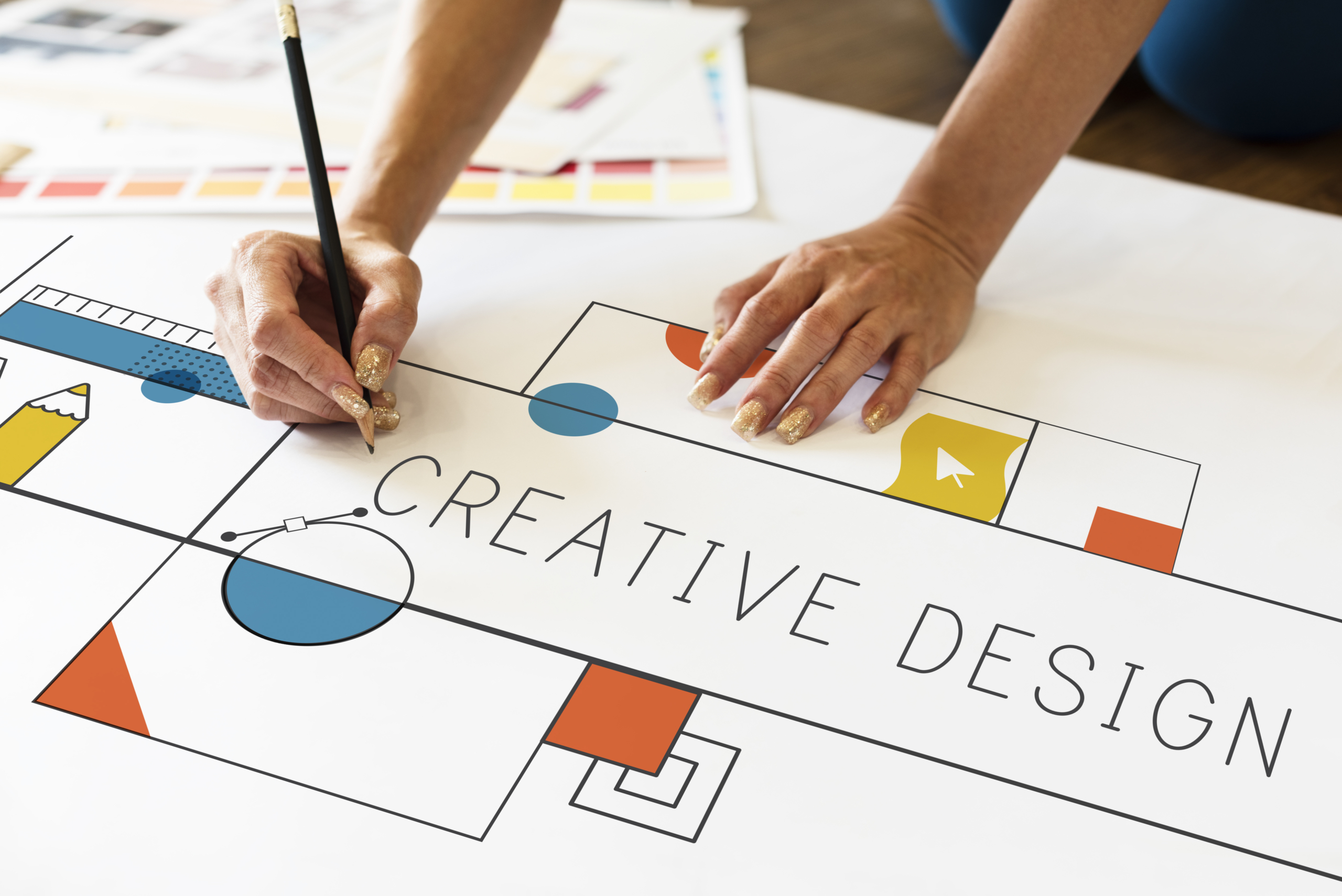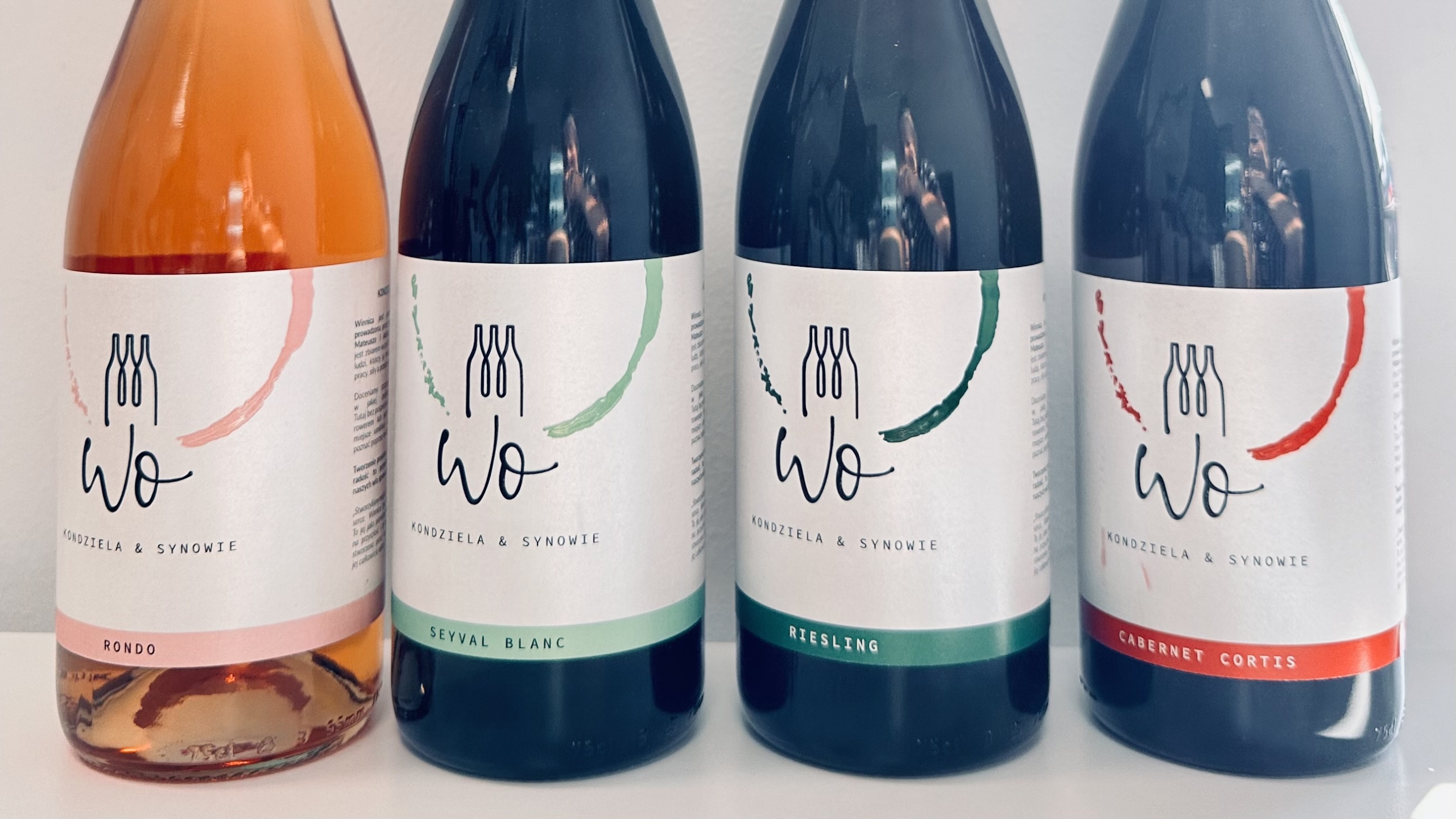ECO design Labels
Part I
Ecodesign? What is it all about?
The world is constantly evolving. There are more and more people and with them more needs and products to satisfy them. This constant growth drives the economy and stimulates consumption. Unfortunately, along with the products consumed there is more and more waste from the packaging in which they are delivered. We realised some time ago that in order for future generations to also benefit from the resources of our planet, we need to conduct our development in a more sustainable way. Sustainable means optimal, in which raw materials circulate in a closed circuit, like in nature.
There is no such thing as waste in nature. What is waste to one is a resource for another. The key to creating a circular economy is recycling. Unfortunately, at the moment our economy works mainly in a linear fashion
Extraction – Production – Consumption
with the end result being waste in landfills.

Product packaging accounts for a huge proportion of waste. Unfortunately, there is still a great deal of work to be done to recycle it. Although a lot of packaging could be recycled, it is often contaminated by poorly chosen labels.
Eco-design is becoming more and more visible in packaging, but in our opinion there is still a lot of work to be done in the eco-design of labels, which very often form part of the packaging and unfortunately also often determine its recyclability.

By properly designing the label, taking into account the entire life cycle of the product, we minimise the negative impact of the entire package on the environment. Without this, we will be putting non-recyclable packaging on the market.. It all starts with the right design, both in terms of materials and in terms of printing and possible finishing. Decisions taken at the design stage have a huge impact on where the packaging will end up: as a new product, in an incinerator or in a landfill.
In summary, eco-design of labels is all about making sure that the packaging as a whole has the least possible negative impact on the environment.





